How Can I Save Energy at Home?
Compact Fluorescent Lamps
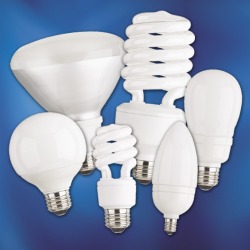
Compact fluorescent lamps are the new standard for light bulbs. They are widely available at a cost of $3 to $5 or less. Considering they save 75% compared to incandescent light bulbs and last several times as long, they will usually pay for themselves in 2 years or less. CFLs are now available in almost any size and shape, and can be used in most applications.
Exterior Motion Sensors
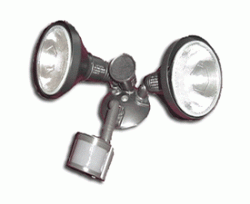
Exterior flood lights use a lot of power, and are often left on for long periods of time. An exterior fixture with built in occupancy and daylight sensor can be purchased very cheaply, and keeps the lights off except when they are needed.
LED Holiday Lights
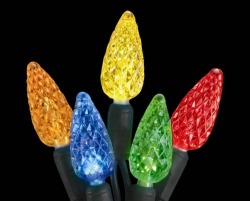
Everyone likes to put up lights for the holidays, but most people don't think about the impact on their energy bill. LED holiday lights save up to 95% compared to traditional incandescent lights. They are available in a variety of colours, for interior or exterior use, and are widely available wherever holiday decorations are sold.
Energy Star Appliances

Almost all home appliances can be purchased as EnergyStar. This certification indicates that the appliance uses significantly less energy than average. The standards set by EnergyStar are chosen to be cost-effective and widely available. So next time you're purchasing a new fridge, washer, or TV, look for the EnergyStar logo.
Insulation
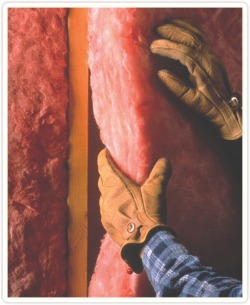
Heat loss through the walls, roof, and basement of your home is the largest part of your energy bill. Although adding insulation to existing walls can be difficult, other parts of the home can be done more easily. Attics are probably the easiest, where fibreglass insulation can be directly added between the rafters. Floors over crawlspaces are often left uninsulated, and it is easy to add fibreglass insulation between the joists. Basement walls are a little more difficult, and may need an interior framing built to hold and cover the insulation. But uninsulated concrete basement walls can be a significant area of heat loss.
Caulking & Weatherstripping
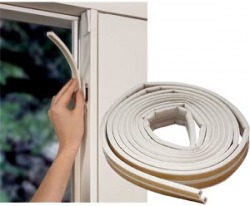
Air leaking in through doors, windows, and other holes and cracks is a major source of heat loss in your home. In can also make your house cold and drafty, and uncomfortable to live in. Weatherstripping is cheap and easy to apply to doors and windows. Plugs and light switches on exterior walls can have foam covers added, available at most hardware stores. Other common places for air to leak in is around pipes, window frames, and fireplaces, which can be sealed with caulking.
Hot Water Tank Blanket

Hot water tank blankets are insulating wraps that cover your hot water tank. They work best on electric tanks, but they can be used on gas tanks as well as long as the flue is not blocked. These blankets cost about $40 and are available at hardware stores.
Programmable Thermostat
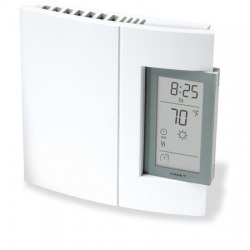
A programmable thermostat will automatically set your temperature down at night, saving energy. Because they are electronic, they also have more accurate temperature control, so you don't have wide temperature swings. A "5+2" model, with separate schedules for weekdays and weekends, is generally a good choice for houses.
Water Conservation
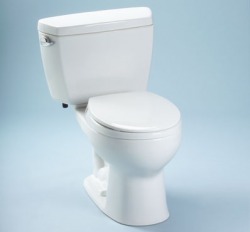
Although it doesn't use energy directly, water requires energy for pumping and treatment. Using low flow showerheads, faucet aerators, and low flow (preferably dual flush) toilets can drastically reduce the amount of water you use.
Recycling & Composting

Methane, a very potent greenhouse gas, is emitted when organic materials such as paper or food scraps decompose in the landfill. Recycling and composting not only keeps these items out of the landfill, but it also reduces the energy and materials needed to make new products.
Useful Links
The following are links to websites and documents that can help you save energy at home.
BC Hydro Power Smart - Residential. This page provides information on rebates available from BC Hydro for energy efficient products.
Fortis BC PowerSense - Homes. This is the website for Fortis BC's PowerSense program for homes. Applicable to residents of Lower Kootenay only.
ecoENERGY - Homes. This site provides information on federal government rebates, as well as on energy efficient products.
Keeping the Heat In. This guide from NRCan tells you how to upgrade your home. Caution: Large (12 MB) pdf file.
BC Hydro Power Smart - Residential. This page provides information on rebates available from BC Hydro for energy efficient products.
Fortis BC PowerSense - Homes. This is the website for Fortis BC's PowerSense program for homes. Applicable to residents of Lower Kootenay only.
ecoENERGY - Homes. This site provides information on federal government rebates, as well as on energy efficient products.
Keeping the Heat In. This guide from NRCan tells you how to upgrade your home. Caution: Large (12 MB) pdf file.
